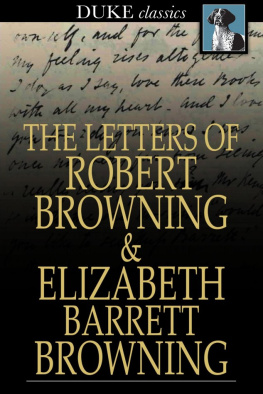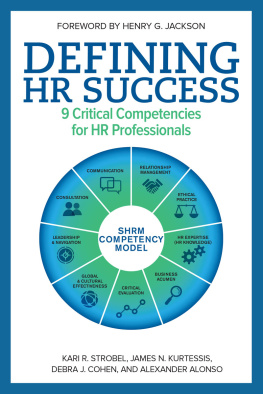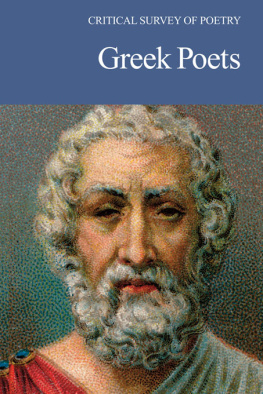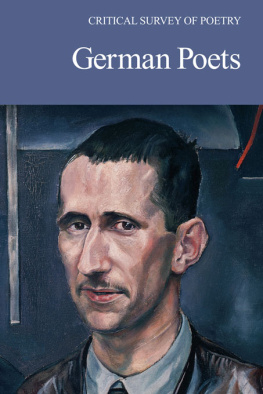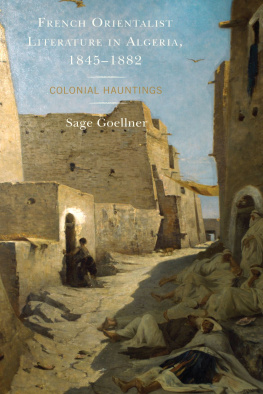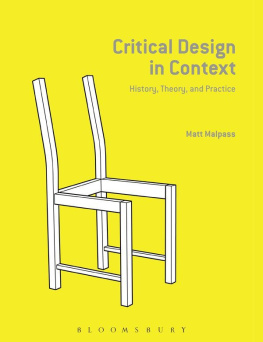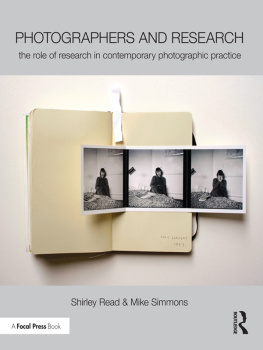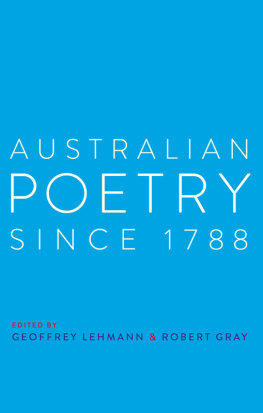Photopoetry 18452015, a Critical History

This may leave you without an all-embracing theory, or the conveniences of a creed, but to me thats the name of the game.
Tony Tanner
Contents
First and foremost, I am indebted to my PhD supervisors Robert Crawford and Tom Normand for their assiduous tutelage, firm guidance, and intellectual stimulation over the course of this project. Both were encouraging and meticulous from the outset. Likewise my examiners, Luke Gartlan and David Kinloch, whose careful advice has been invaluable for the reshaping of thesis into book.
My editor at Bloomsbury Margaret Michniewicz and her assistants Katherine De Chant and Erin Duffy deserve particular thanks for their diligence and perseverance, from taking on the project to seeing it through to production. All three have been extraordinarily patient and, from time to time, have put up with more burdens than they might reasonably have been expected to bear.
Research for this project was made possible by a doctoral fellowship from the Arts and Humanities Research Council (AHRC). I received grants from the Stuart A. Rose Manuscript, Archives, and Rare Book Library at Emory University, and the School of Art History at the University of St Andrews, which allowed me to conduct archival research. For their assistance I would like to thank Kathy Shoemaker and Kevin Young at the Stuart A. Rose Library, James Eason, David Faulds, Dean Smith, and Shannon Supple at the Bancroft Library, the University of California, Berkeley, and David Mackie and Rebecca Marr at the Orkney Library and Archive.
Special thanks should go to rightholders who have given generously of their time and materials: Rachel (Giese) Brown, Norman McBeath, and Sean Mayne Smith. Likewise estates, with special thanks owed to Suzie Dummett and her siblings for the estate of Mabel Eardley-Wilmot; Julie Shrine on behalf of The Universal Order; Ben Whitaker for the estate of Robert Whitaker; and Paula Steichen Polega, John Steichen, and the Barbara Hogenson Agency on behalf of the Carl Sandburg Estate.
Material from the second chapter of this book originally appeared, in a slightly different form, in Victorian Studies. Material from the fourth chapter appeared, at considerably greater length, in Word & Image. I extend my thanks to both journals for permission to include versions of those articles in this book and to Lara Kriegel (at Victorian Studies) and Michle Hanoosh (at Word & Image) for their editorial guidance and support.
It is difficult to think of colleagues at the University of St Andrews Library who were not somehow involved in this project. It was a great pleasure to work with Alice Crawford and Callum Kenny on the Developing Photopoetry digital humanities project. Their enthusiasm for illustrated editions of Walter Scott was often greater than I myself could muster. It is no exaggeration to say that the project would have been impossible without their skills and expertise. I would also like to thank Rachel Nordstrom, Elizabeth Henderson, Moira Mackenzie, and Hilda McNae at the University of St Andrews Library, as well as Marc Boulay and Daryl Green, who were instrumental to the development of the photopoetry collection at St Andrews.
For their help and support at St Andrews, I would like to thank Lynn Ayton, Margaret Hall, Mary Kettle, and Dawn Waddle in the School of Art History; and Jane Gordon, Laura Mackintosh, Andrea Marr, and Sandra Wallace in the School of English. I would also like to thank Douglas Dunn for his time, and Rachel Brown and Norman McBeath (again) for taking the time to answer all my questions.
In the absence of a photopoetic field or community, I made friends where I could. I would like especially to thank James Finch and Rachel Rose Smith, who co-chaired the terrific Having Words panel at the Association of Art Historians annual conference in Edinburgh, 2016, and to Linda Goddard and Oona Lochner for their insightful questions and comments on my Burckhardt/Denby presentation.
The stimulation of friends, ardent and cool, academic and (especially) non-academic, was more important than words might reasonably reflect. For encouragement and support, in many forms, I am grateful to Kristen Adhloch, Lee, Sue, and Tristan Carlyle, Caitlin Flynn, Karin Koehler, Craig Lamont, Eadaoin Lynch, and Sarah Sands Rice. I am indebted to Hannah Britton and Liz Hanna, whose kindness, rigour, and tolerance as office mates knew very few bounds indeed. We learned the limits of the calm we keep.
I dedicate this book to my parents, who have always been there for me, and who have always maintained a healthy scepticism as to whether photopoetry is, indeed, a thing. For better or worse, it is now.
The author and publishers are grateful to the following for permission to reproduce copyright material:
Excerpts from letters from George Mackay Brown to Gunnie Moberg. Reprinted by permission of the Orkney Library and Archive, and Jenny Brown Associates on behalf of the Literary Estate of George Mackay Brown.
Aton and excerpts from Lux Aeterna from Light Box by Robert Crawford and Norman McBeath. Reprinted by permission of Easel Press.
Dunter from Simonides by Robert Crawford and Norman McBeath. Reprinted by permission of Easel Press.
Deer Pairk from Chinese Makars by Robert Crawford and Norman McBeath. Reprinted by permission of Easel Press.
Excerpts from Adjoining Entrances to Office Buildings in Renaissance Styles, The Climate of New York, Five Reflections, Mid-day Crowd, and Paestum from Edwin Denby: The Complete Poems by Edwin Denby. Reprinted by permission of Random House.
Excerpts from Ankor Wat from Ankor Wat by Allen Ginsberg. Reprinted by permission of the Wylie Agency.
He rides up and down, and around, and excerpts from Syon House from Positives by Thom Gunn. Reprinted by permission of Faber and Faber.
He rides up and down, and around, and excerpts from Syon House from Positives by Thom Gunn. Reprinted by permission of the University of Chicago Press.
Excerpts from Note on History of Calder Valley by Ted Hughes (Ted Hughes Papers, Stuart A. Rose Manuscript, Archives, and Rare Book Library, Emory University). Reproduced by kind permission of the Ted Hughes Estate and Faber and Faber.
Excerpts from The Travels of Fa-hsien from The Autonomous Region by Kathleen Jamie. Reprinted by permission of Bloodaxe Books.
Excerpts from letters from Norman McBeath to Paul Muldoon. Reprinted with the kind permission of Norman McBeath.
Alba, Fan-Piece, for Her Imperial Lord, and Tsai Chih from Selected Poems and Translations by Ezra Pound. Reprinted by permission of Faber and Faber.
Alba, by Ezra Pound, from Personae, copyright 1926 by Ezra Pound. Reprinted by permission of New Directions Publishing Corp.
Fan-Piece, for Her Imperial Lord, by Ezra Pound, from Personae, copyright 1926 by Ezra Pound. Reprinted by permission of New Directions Publishing Corp.
Tsai Chih, by Ezra Pound, from Personae, copyright 1926 by Ezra Pound. Reprinted by permission of New Directions Publishing Corp.
Excerpt from a letter from Carl Sandburg to Archibald MacLeish, 17 March 1938 (Box 20, Archibald MacLeish Papers, Manuscript Division, Library of Congress, Washington, DC). Reproduced by kind permission of Paula Steichen Polega and John Steichen, and The Barbara Hogenson Agency, Inc.
Excerpts from SWEENEY ASTRAY by Seamus Heaney. Copyright 1984 by Seamus Heaney. Reprinted by permission of Farrar, Straus and Giroux. Excerpts from Plan B and Francois Boucher: Arion on the Dolphin from MAGGOT by Paul Muldoon. Copyright 2010 by Paul Muldoon. Reprinted by permission of Farrar, Straus and Giroux.Images for most of the photopoetry books discussed, and many more besides, from 1856 to 1921 can be viewed for free on the Developing Photopoetry website, at arts.st-andrews.ac.uk/photopoetry/static/about.html.


